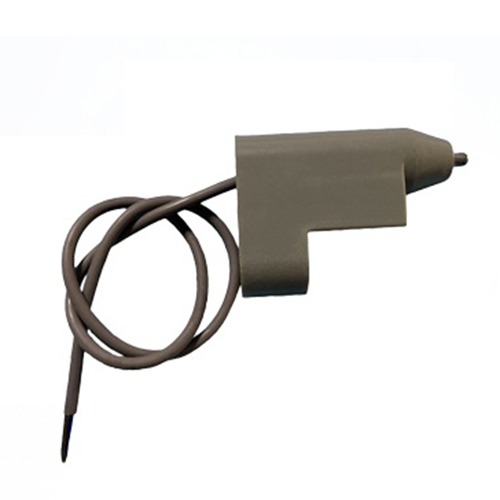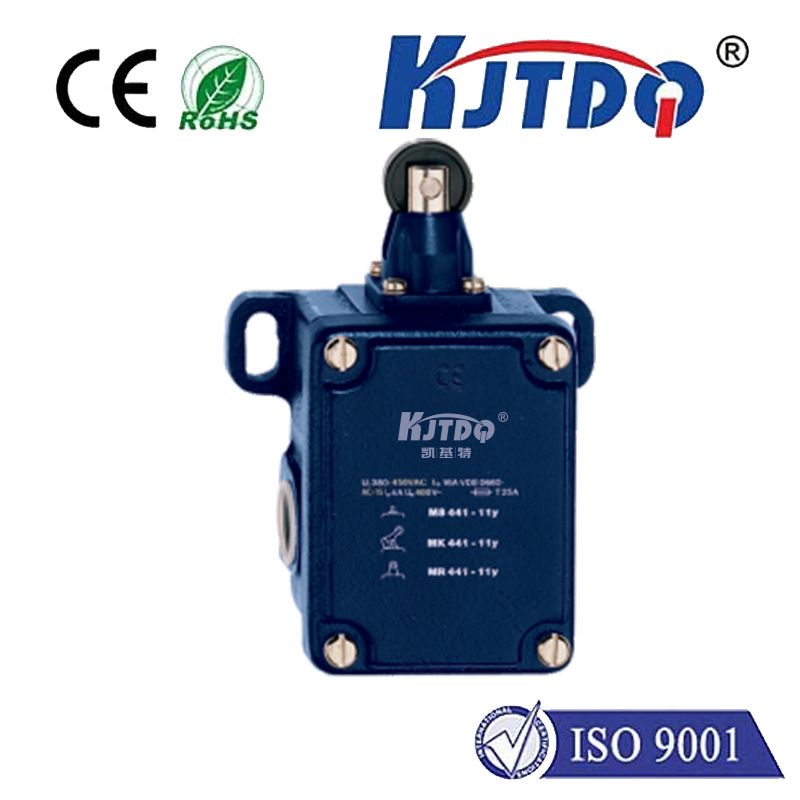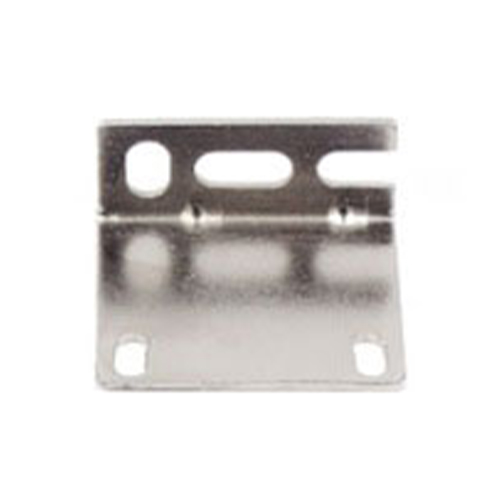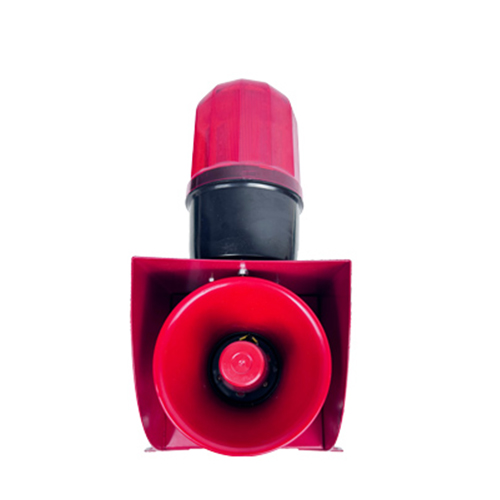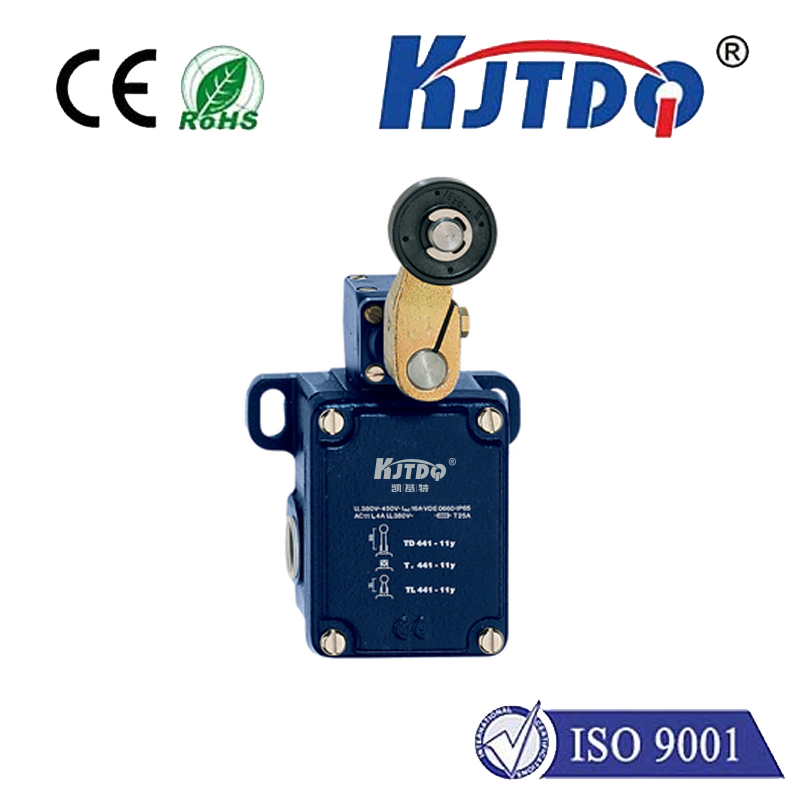photoelectric water sensor
- time:2025-09-11 00:37:08
- Click:0
Photoelectric Water Sensors: Your Silent Guardians Against Costly Leaks and Overflows
Imagine returning home from vacation to find your basement submerged, precious belongings ruined, and the acrid smell of mildew already setting in. Or picture a critical industrial process grinding to a halt, costing thousands per minute, simply because a tank overflowed unnoticed. Water, essential for life, becomes a destructive force when uncontrolled. Preventing such disasters hinges on reliable, early detection – and that’s where photoelectric water sensors step into the spotlight as indispensable, advanced sentinels.
Unlike traditional float switches relying on mechanical parts prone to sticking or failure, photoelectric sensors offer a smarter, more robust approach. Their operation is elegantly simple, leveraging the fundamental properties of light and water interaction, yet incredibly effective. Understanding how they work reveals their superiority and wide-ranging applications.
The Core Principle: Light Interrupted or Reflected
At the heart of a photoelectric water sensor lies an infrared LED emitter and a phototransistor receiver. These components are strategically positioned within the sensor’s housing. The core principle involves detecting changes in how light travels between them when water is present. There are two primary configurations:

- Turbidity/Transmission Principle: Here, the emitter and receiver face each other across a gap or within a small chamber. When the path is clear (air), the infrared light beam travels unimpeded to the receiver, signaling a “dry” or “no water” state. When water rises and enters this optical path, it causes the light beam to scatter and attenuate (weaken) significantly. Water absorbs and diffuses infrared light much more effectively than air. This drastic reduction in received light intensity triggers the sensor’s output, signaling the presence of water. This method is excellent for detecting clear water levels.
- Reflective Principle: In this setup, the emitter and receiver are positioned at an angle, typically looking towards a prismatic tip or the inside of the housing wall. When the sensor tip is in air, most of the emitted infrared light refracts away or reflects minimally, resulting in low signal return to the receiver (“dry” state). When submerged in water, the higher refractive index of water causes a significant portion of the light to be internally reflected back towards the receiver. This sudden increase in received light triggers the detection of water. This principle is particularly effective for detecting the presence of water regardless of turbidity and is less prone to false triggers from splashes or condensation.
Why Choose Photoelectric Sensing? Key Advantages
The shift towards photoelectric technology in water sensing is driven by compelling benefits over older mechanical methods:
- No Moving Parts: This is arguably the biggest advantage. Eliminating floats, levers, and magnets means significantly reduced risk of mechanical failure, jamming, or wear and tear. Photoelectric sensors offer exceptional long-term reliability with minimal maintenance.
- Non-Contact Sensing: The detection happens purely optically. The sensor doesn’t physically interact with the water beyond being submerged. This prevents fouling from debris clinging to moving parts and allows for detection in clean or slightly contaminated liquids without immediate sensor compromise.
- Fast Response Time: Light travels fast! Photoelectric sensors detect water presence almost instantaneously (milliseconds) once the liquid crosses the optical path, enabling rapid notification or control actions.
- High Accuracy and Consistency: Precise calibration of the light threshold ensures consistent, repeatable detection points unaffected by minor variations in water level or viscosity (within design limits).
- Low Maintenance: With no mechanical components to bind or wear out, and often featuring sealed designs, maintenance requirements are drastically reduced compared to float switches.
- Versatility in Fluid Types: While optimized for water, many photoelectric sensors can reliably detect the presence of various non-corrosive, transparent, or translucent liquids like coolants, solvents, or light oils (always verify sensor specifications).
- Compact Size: The solid-state design allows for very compact sensor formats, enabling installation in tight spaces or small reservoirs where mechanical switches might not fit.
- Resistance to Sticking: Unlike floats that can stick to tank walls due to surface tension or mineral buildup, optical sensing remains largely unaffected by these issues.
Where Photoelectric Water Sensors Shine: Diverse Applications
The reliability and versatility of photoelectric water sensors make them ideal for countless scenarios demanding leak detection or level control:
- Residential & Commercial Leak Detection: The primary application. Sensors strategically placed near water heaters, washing machines, dishwashers, under sinks, sump pump pits, and basement floors provide critical early warnings of leaks or flooding, triggering alarms or automatic shut-off valves to minimize damage.
- Sump Pump Control: Monitoring water levels in sump pits to reliably activate pumps when needed and prevent overflows. Their resistance to debris fouling is crucial here.
- HVAC Systems: Detecting condensate overflow in drain pans beneath air handlers to prevent water damage to ceilings and property. Ensuring drainage systems are functioning.
- Industrial Process Control: Monitoring tank levels for replenishment alerts (low level) or critical overflow prevention (high level) in manufacturing, chemical processing, water treatment, and boiler systems. Maintaining process integrity and safety.
- Appliance Safety: Built into appliances like dishwashers, coffee makers, and ice makers to detect leaks internally and shut down the unit before water escapes significantly.
- Aquariums & Ponds: Maintaining safe water levels in aquatic environments.
- Liquid Dispensing Systems: Ensuring reservoirs feeding dispensers (like water coolers or chemical dispensers) have sufficient liquid or detecting overfills.
Selecting and Implementing Your Sensor
Choosing the right photoelectric water sensor involves considering factors like:
- Detection Principle: Turbidity (level) vs. Reflective (presence) – select based on your primary need.
- Output Type: Simple switch (NC/NO), analog (4-20mA / 0-10V), or digital (e.g., Modbus) – match it to your control system (alarm panel, PLC, smart home hub).
- Voltage Rating: Ensure compatibility with your power supply (commonly 5V, 12V, 24V DC).
- Material & Construction: Housing material (plastic, stainless steel) must suit the environment (corrosive? Sanitary?) and offer appropriate IP (Ingress Protection) rating (e.g., IP67, IP68) for dust and water resistance.
- Mounting: Threaded, bracket-mounted, adhesive-backed, or free-standing options are available.
- Cable Length: Ensure it reaches your monitoring point.
Installation and Maintenance Best Practices:
- Position the sensor at the precise level where detection is critical.
- Ensure the optical path isn’t permanently obstructed by debris (turbidity types are more susceptible; reflective types less so).
- Secure cables properly to avoid damage.
- For units with exposed optical windows (especially turbidity sensors), periodic cleaning to remove mineral deposits or film may be necessary to maintain optimal sensitivity. Regularly test the sensor according to manufacturer guidelines.
Conclusion: An Essential Layer of Protection
In a world where water damage can be catastrophic and costly, the photoelectric water sensor stands out as a sophisticated, reliable, and low-maintenance solution. By harnessing the power of light, it provides a fast, accurate, and durable method for detecting water presence or level, safeguarding homes, businesses, and industrial processes. Whether preventing a flooded basement or ensuring a critical industrial tank doesn’t overflow, integrating photoelectric sensing offers invaluable peace of mind, acting as an invisible, vigilant guardian against the silent threat of uncontrolled water.






